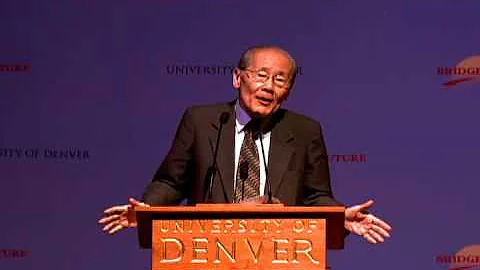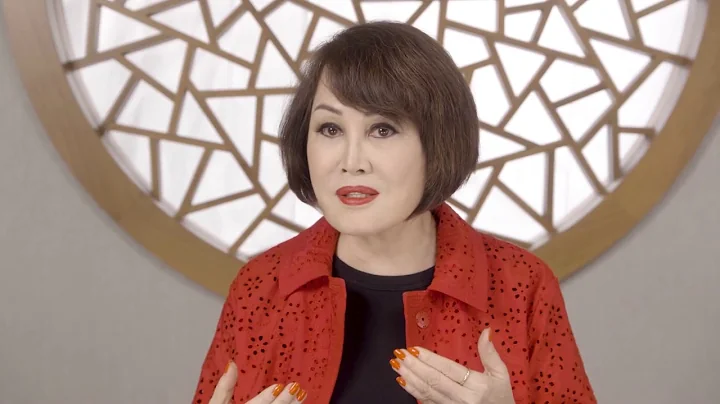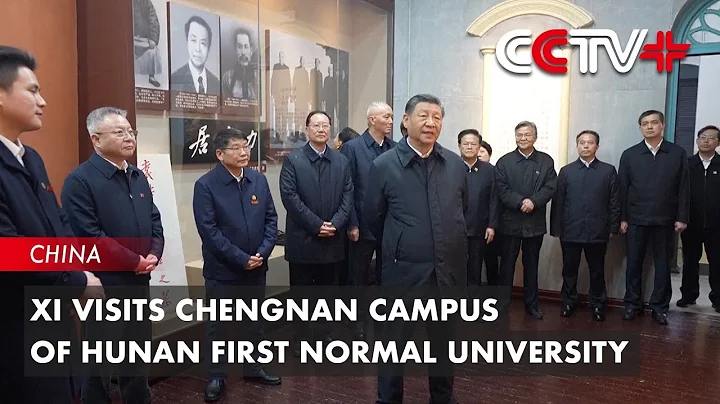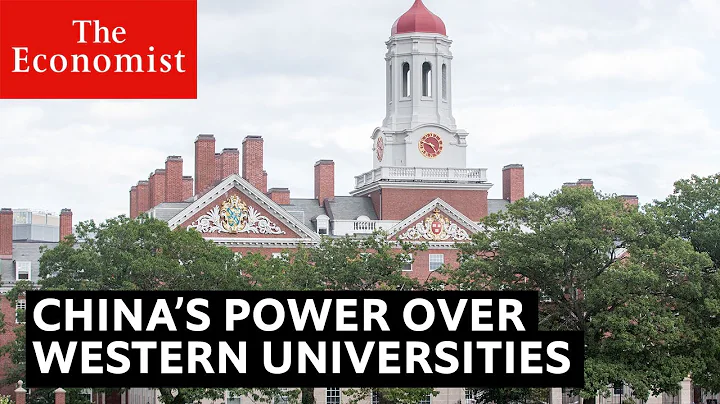formerly National Academia Sinica (June 1928-April 1949) was the highest academic research institution during the Republic of China and was affiliated to the National Government. Its tasks mainly include two aspects: first, to conduct scientific research; second, to guide, liaise, and reward academic research. There is a special-appointed dean, who has three departments: administration, research and evaluation.
After the establishment of Academia Sinica in June 1928, various research institutes were successively established according to disciplines. By the time of the Anti-Japanese War in 1937, physics, chemistry, engineering, geology, astronomy, meteorology, history and language, psychology, and social sciences had been established And 10 research institutes of animals and plants. Three research institutes of physics, chemistry, and engineering are located in Shanghai, and the rest are located in Nanjing, with a head office in the old Legal Affairs Bureau on Chengxian Street, Nanjing (after the completion of the new location of Arctic Pavilion , the office moved to the new location). To handle general administrative matters of the hospital. During the Anti-Japanese War, the various research institutes of Academia Sinica were located in four districts: Chongqing, Beibei, Lizhuang and Kunming. After the victory of the Anti-Japanese War, 8 units including the Preparatory Office of the Institute of Mathematics, the Institute of Physics, the Institute of Chemistry, the Institute of Zoology, the Institute of Botany, the Preparatory Office of the Institute of Medicine, the Institute of Engineering, and the Institute of Psychology were temporarily located in Shanghai. The department and five research institutes of astronomy, geology, meteorology, history and language, and social sciences are located in Nanjing.
The Central Research Institute has a dean who is responsible for comprehensive management of administrative affairs of the entire institute. He handles administrative matters of the entire institute under the orders of the dean. The institute has the position of director and directs research matters. The first director of Academia Sinica was Cai Yuanpei. The directors-general were Yang Xingfo, Ding Wenjiang, Zhu Jiahua, Ren Hongjun, Fu Sinian, Ye Qisun, Li Shuhua, Sa Bendong and Qian Linzhao.
The list of the first academicians of Academia Sinica during the Republic of China is as follows:
Mathematics Group
Hua Luogeng, Su Buqing, Yan Jici, Li Siguang, Zhu Kezhen, Mao Yisheng, Huang Jiqing, Xu Bao, Chen Shengshen , Wu Dayou , Wu Youxun , Li Shuhua, Ye Qisun, Zhao Zhongyao, Rao Yutai, Wu Xian, Wu Xuezhou, Zhuang Changgong, Zeng Zhaolun, Zhu Jiahua, Jiang Lifu, Weng Wenhao, Yang Zhongjian , Xie Jiarong , Zhou Ren, Hou Debang, Ling Hongxun, Sabendong.
Biological group
Bei Shizhang, Tong Dizhou, Wang Jiaqi, Wu Xianwen, Bingzhi, Chen Zhen, Hu Xiansu, Yin Hongzhang, Zhang Jingyue, Qian Chongshu, Dai Fanlan, Luo Zongluo, Li Zongen, Yuan Yijin, Zhang Xiaoqian, Chen Kehui, Wu Dingliang , Wang Jingxi, Lin Kesheng, , Tang Peisong, Feng Depei, Cai Qiao, Li Xianwen, Yu Dafu, Deng Shuqun.
Humanities Group
Guo Moruo , Feng Youlan, Yang Shuda , Chen Yinke , Gu Jiegang , Liang Sicheng , Ma Yinchu , Chen Da, Tao Menghe , Hu Shi , Wu Jingheng, Jin Yuelin , Tang Yongtong , Yu Jiaxi , Zhang Yuanji , Liu Yizheng, Chen Yuan , Fu Sinian, Li Fanggui, Zhao Yuanren , Li Ji, Liang Siyong, Dong Zuobin , Wang Shijie, Wang Chonghui , Zhou Kunsheng, Qian Duansheng, Xiao Gongquan .
In December 1948, Academia Sinica began to move to Taiwan, China. Except for the main office, the Institute of Mathematics and the Institute of History and Language, which were relatively completely moved to Taiwan, most of the other institutes remained in Nanjing and Shanghai. Among the 81 academicians of Academia Sinica, only 27 have moved to Taiwan: Ling Hongxun, Lin Kesheng, Fu Sinian, Dong Zuobin, Li Ji, Wang Shijie, Wu Zhihuihtml, and 12 others abroad include Chen Shengshen, Li Shuhua, Zhao Yuanren, Wang Jingxi, Hu Shi, Wu Dayou, etc. people, and the remaining 50 people (except for the death of Sa Bendong and others) all stayed in mainland China. In October 1949, after the founding of New China, all institutions of the Academia Sinica in the mainland were taken over by the Chinese Academy of Sciences.
Among the 81 people listed above, Wu Dayou was later appointed as the dean of the "Academia Sinica, Taiwan"; Chen Shengshen resigned from the position of director of the National Institute of Mathematics in 1984, and was invited by the Ministry of Education of my country to serve as the director of mathematics research at his alma mater Nankai University. Director of the Institute, Yan Jici was elected as a representative of the Seventh National People's Congress and served as Vice Chairman of the Standing Committee of the Seventh National People's Congress; Su Buqing and Huang Jiqing were appointed as members of the Seventh National Committee of the Chinese People's Political Consultative Conference.The rest, such as Guo Moruo, Hua Luogeng, Li Siguang, Zhu Kezhen, Mao Yisheng, Tong Dizhou, Bei Shizhang, Feng Youlan, Yang Shuda, Chen Yinke, Gu Jiegang, Liang Sicheng, Ma Yinchu, Jin Yuelin, etc., are all engaged in teaching and scientific research or leadership work in New China Made outstanding contributions to his position.

Chen Yinke

Liang Sicheng

A group photo of some academicians





















